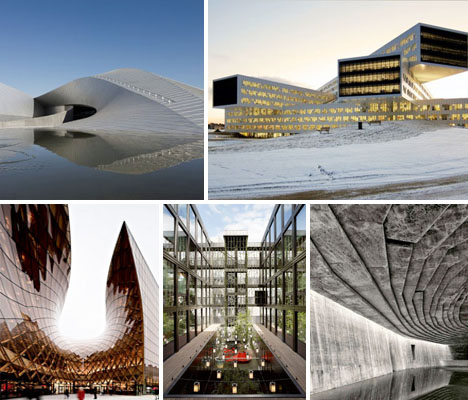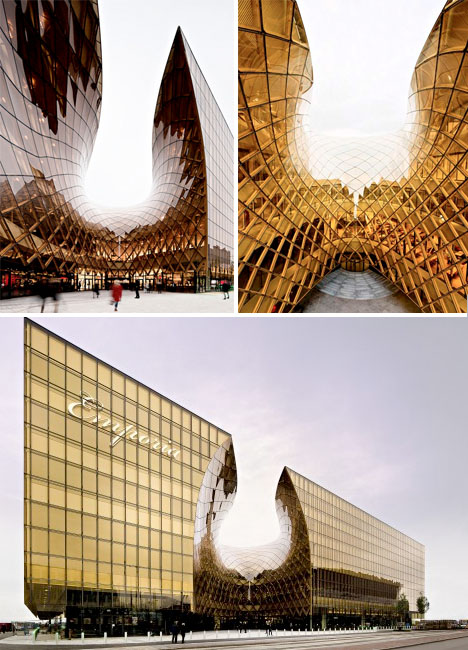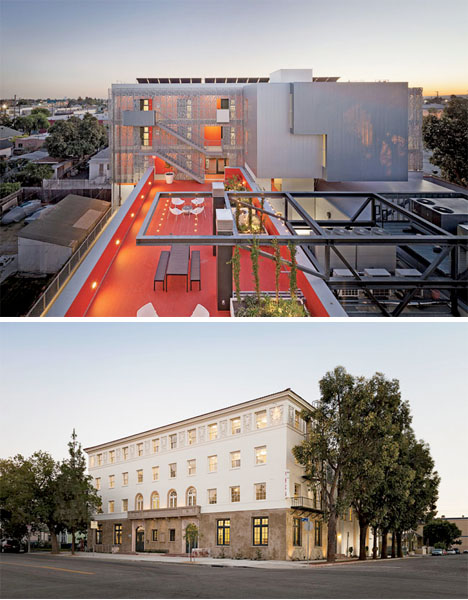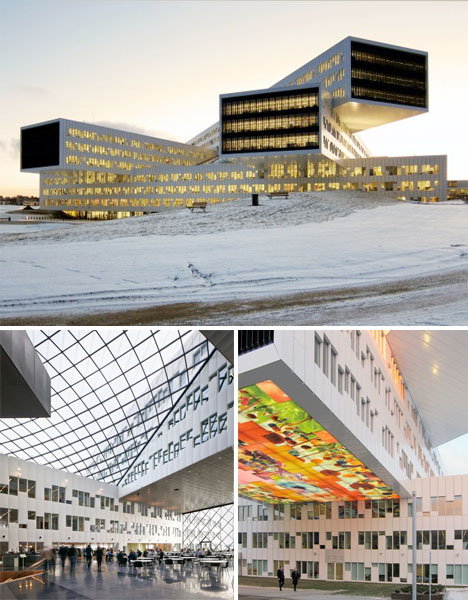Dynamic, surprising and visually stunning, the winners of the 2013 World Architecture Festival awards represent the very best in recent architecture across a range of categories, from hotels and transit terminals to mosques and private homes. Here are 12 of those standout buildings, including the winner of the coveted World Building of the Year title.
Shopping: Emporia, Sweden – Wingardh Arkitektkontor
This striking golden glass structure is about as far from a typical suburban mall as a shopping center can ever get. The sprawling Emporia shopping center in Sweden features a cut-out amber glass entrance, color-coded atriums throughout the building that help with navigation, and a rooftop park with outdoor dining and a spa.
House: The Left-Over-Space House, Australia – Cox Rayner Architects
Proving that virtually no lot is too small for a comfortable, well-designed home, Cox Rayner Architects took a narrow space just 3 meters wide and created a spacious residence. The Left-Over Space House in Brisbane consists of stacked orthogonal forms made mostly of wood. Situated between two public buildings, the house makes use of what seemed like an unusable space. Iron screens offer privacy, and narrow courtyards enable access to nature.
Housing: 28th Street Apartments, USA – Koning Eizenburg Architecture
A historic four-story concrete building in Los Angeles, originally built in 1926, was temporarily abandoned and in a state of disrepair before Koning Eizenburg Architecture gave it a stunning update that restores its beauty while also playing old against new in dynamic and surprising ways. It now contains 24 studio apartments as well as common facilities, and features a modern roof deck with patterns abstracted from the ’20s bas-reliefs found in the main entrance.
Office: Statoil Regional and International Offices, Norway – A-Lab
A-Lab aimed to create a massive commercial building complex for Norwegian energy producer Statoil that would somehow also blend in with the idyllic shoreline on which it’s located. The result is a series of narrow, stacked volumes, each oriented to optimize daylight conditions and views of the fjord landscape. The propeller-shaped glass roofs are filled in with structures inspired by soap bubbles to stand up to loads of heavy snow.




